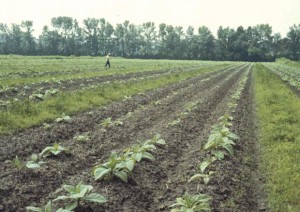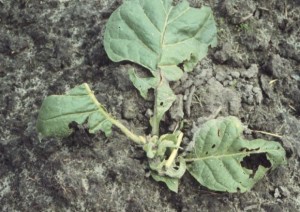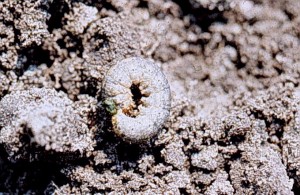Insects – Cutworms
go.ncsu.edu/readext?66299
en Español / em Português
El inglés es el idioma de control de esta página. En la medida en que haya algún conflicto entre la traducción al inglés y la traducción, el inglés prevalece.
Al hacer clic en el enlace de traducción se activa un servicio de traducción gratuito para convertir la página al español. Al igual que con cualquier traducción por Internet, la conversión no es sensible al contexto y puede que no traduzca el texto en su significado original. NC State Extension no garantiza la exactitud del texto traducido. Por favor, tenga en cuenta que algunas aplicaciones y/o servicios pueden no funcionar como se espera cuando se traducen.
Português
Inglês é o idioma de controle desta página. Na medida que haja algum conflito entre o texto original em Inglês e a tradução, o Inglês prevalece.
Ao clicar no link de tradução, um serviço gratuito de tradução será ativado para converter a página para o Português. Como em qualquer tradução pela internet, a conversão não é sensivel ao contexto e pode não ocorrer a tradução para o significado orginal. O serviço de Extensão da Carolina do Norte (NC State Extension) não garante a exatidão do texto traduzido. Por favor, observe que algumas funções ou serviços podem não funcionar como esperado após a tradução.
English
English is the controlling language of this page. To the extent there is any conflict between the English text and the translation, English controls.
Clicking on the translation link activates a free translation service to convert the page to Spanish. As with any Internet translation, the conversion is not context-sensitive and may not translate the text to its original meaning. NC State Extension does not guarantee the accuracy of the translated text. Please note that some applications and/or services may not function as expected when translated.
Collapse ▲Biology
A number of cutworm species are present in North Carolina and can potentially feed on tobacco. These include the variegated cutworm (Peridroma saucia), black cutworm (Agrotis ipsilon), and spotted cutworm (Amathes c-nigrum). Cutworms overwinter as larvae or pupae, depending on the species. In early spring, overwintering larvae of some species become active, feed, and complete their development. In other cases, moths emerge from overwintering pupae and lay eggs on host plants or other vegetation. Therefore, depending on the species, damaging cutworms found in spring may be overwintered larvae or new generation cutworms. Cutworms develop through five to eight larval instars (again depending upon the species). If damage begins at field edges or near weedy patches, it is likely that overwintering larvae are moving in. If damage is distributed throughout the field and does not begin at the edges, it is likely that adult moths are laying eggs in fields. A field-wide distribution due to adult egg laying is more common in years with warm springs.
Cutworm feeding first presents as small, webless holes on young leaves. As the larvae grow, they begin their typical cutting behavior. Cutworm larvae can be distinguished from other caterpillars because they curl into a circle when disturbed.
Fields are more likely to be infested if they were weedy the previous fall and winter or they are low-lying with heavier soils. Because most cutworm species are active only at night and populations are clumped, scouting should be done in the evening near damaged plants.
Thresholds and Management
Cutworms are occasionally a problem in scattered fields, but most fields do not require treatment. Because of this fact and since rescue treatments are available, spending extra money on preventive chemical control is not recommended. You can, however, reduce the likelihood of cutworm problems by preparing the soil 4 to 6 weeks before transplanting. Whether you use preventive control or not, you should check fields often during the first 3 to 4 weeks after transplanting.

Stand loss due to black cutworm damage in Beaufort County, NC. If damage exceeds 5%, treatment is justified. Photo: Sterling Southern
A number of materials effective against caterpillars are registered in tobacco. Many Bacillus thurigiensis materials are OMRI listed.
See the North Carolina Agricultural Chemicals Manual for registered materials, rates, and applications recommendations.




